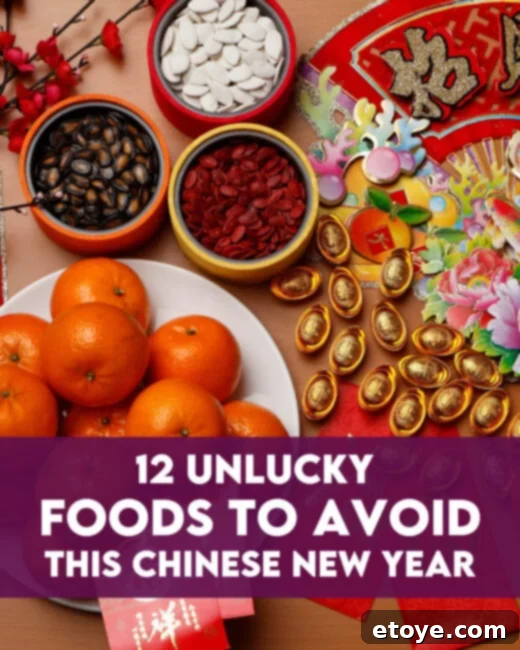Unlucky Foods & Taboos: What Not to Eat or Do During Chinese New Year for Good Fortune
As the vibrant energy of Chinese New Year fills the air, a profound sense of excitement stirs within communities worldwide. This isn’t just a time for celebration; it’s a period steeped in rich traditions, family gatherings, and, most importantly, the fervent hope for good fortune and prosperity in the coming year. For many, including myself, the anticipation builds around the lavish feasts that symbolize abundance and blessings. Imagine a veritable sea of delectable spring rolls, shimmering Osmanthus Jelly, and countless other dishes, each carrying a promise of luck. (Think of Scrooge McDuck, joyfully diving into his vault of gold coins, but instead, it’s a spread of auspicious culinary delights).
However, before you fully immerse yourself in the joyous Lunar New Year festivities, there’s a crucial aspect to consider: what to leave off your menu. Chinese culture, deeply rooted in ancient superstitions, warns against consuming certain foods and engaging in specific activities during this critical period. These taboos are not mere suggestions; they are believed to significantly influence your luck and well-being for the entire year ahead. Your choices, both culinary and behavioral, are seen as powerful harbingers of what the new year will bring.
You might be thinking, “It’s just food, how much impact can it really have?” In Chinese tradition, food is far more than sustenance; it’s imbued with symbolism, history, and spiritual significance. The wrong dish at the wrong time could, according to popular belief, invite bad luck, deter positive energies, or even scare away the prosperity you’ve diligently worked for. Understanding these traditions isn’t about fear; it’s about respecting a profound cultural heritage and actively inviting good fortune into your life.
This comprehensive guide delves into the most important foods and practices to avoid during Chinese New Year. We’ll explore 12 specific food items on the Chinese New Year’s Do-Not-Eat list, along with other general taboos, to help you navigate the celebrations with confidence and ensure your year is truly happy and prosperous. But first, let’s dispel some common myths surrounding this globally celebrated festival.
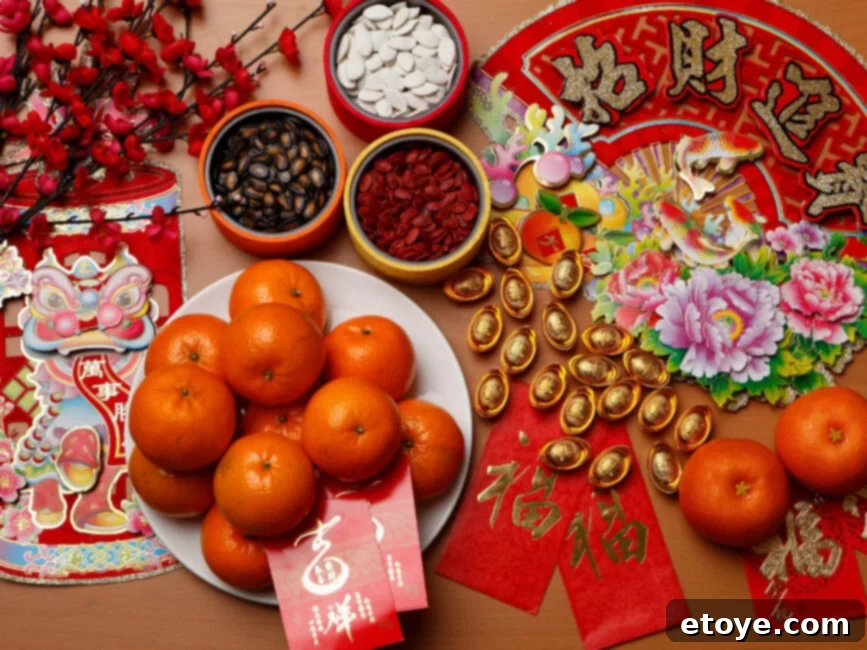
Common Myths and Misconceptions About Chinese New Year
The Lunar New Year, often interchangeably called Chinese New Year or Spring Festival, is a vibrant and complex celebration. Yet, despite its global recognition, many misconceptions persist. Let’s clarify some popular beliefs to foster a deeper appreciation for this rich cultural event.
❌All Chinese People Celebrate the Same Way: It’s easy to assume that if you’ve witnessed one Chinese New Year celebration, you’ve seen them all. This couldn’t be further from the truth. China is a vast and diverse country, home to numerous ethnic groups, dialects, and regional customs. From the bustling streets of Beijing to the serene villages of the south, each region, and even each family, puts its unique spin on the festival. For instance, dumplings are a quintessential New Year food in northern China, symbolizing wealth due to their resemblance to ancient gold ingots. In contrast, southerners often favor nian gao (sweet rice cakes), representing advancement and growth. Dragon dances might be prominent in some areas, while elaborate lantern festivals light up others. The holiday’s diversity is as rich and varied as the country itself, reflecting a tapestry of local traditions and flavors.
❌The Date of Chinese New Year is Fixed: While most of the world celebrates New Year’s Day on January 1st, Chinese New Year operates on a different calendar altogether. It is based on the lunisolar calendar, meaning its date is determined by the cycles of the moon and the sun. Consequently, Chinese New Year is a “moving target,” falling on a different date each year, typically between late January and late February. This floating date is why it’s also known as the Lunar New Year, a more accurate term that encompasses its celebration across many Asian cultures that follow a similar calendar system.
❌Chinese New Year is Only Celebrated in China: While the Spring Festival is undoubtedly the most significant holiday in China, its joyous spirit knows no borders. This festival has truly gone global, celebrated with immense enthusiasm wherever large Chinese communities reside. From vibrant parades in San Francisco and London to family gatherings in Singapore, Malaysia, and beyond, the traditions have been embraced and adapted worldwide. Moreover, other Asian cultures, such as Korean (Seollal) and Vietnamese (Tết), celebrate their own Lunar New Year festivals, sharing similar themes of family, renewal, and hope for prosperity. It truly is a worldwide phenomenon, uniting millions in celebration.
❌Gifting Red Envelopes is Only About Money: On the surface, receiving a red envelope (hóngbāo) filled with cash might seem like a simple financial transaction. However, this ancient tradition carries a much deeper significance. The vibrant red color of the envelope symbolizes good luck, prosperity, and protection against evil spirits. The money inside, typically crisp new banknotes, represents wishes for wealth and success. More than the monetary value, the act of giving a red envelope is a profound gesture of good wishes and blessings from an elder to a younger generation, or from a boss to an employee. It fosters a connection between the giver and receiver, embodying care, respect, and shared hope for a bright future.
Now that we’ve cleared up some common misunderstandings, let’s delve into the specific culinary customs that can make or break your luck for the coming year.
Chinese New Year Do-Not-Eat List
Food plays an indispensable role in Chinese New Year celebrations, with many dishes chosen for their auspicious symbolism. However, just as some foods invite good luck, others are strictly avoided due to their negative connotations. Here are 12 foods to steer clear of during the Spring Festival to ensure a year filled with prosperity and good fortune.
Porridge

Porridge, often referred to as congee, is a warm, comforting, and easily digestible dish, making it a popular choice for breakfast on any regular winter morning. However, during the auspicious days of the Spring Festival, starting your day with porridge is considered a significant taboo. In Chinese culture, porridge is historically associated with poverty and scarcity, traditionally consumed by those who couldn’t afford more substantial meals. Eating it on New Year’s Day is believed to symbolize inviting a year of hardship, hunger, or a poor lifestyle into your home. It suggests a lack of resources and a struggle for basic necessities. To usher in a year of abundance and wealth, it’s best to save the congee for ordinary days and opt for more celebratory and hearty breakfast options during the New Year period. This simple choice helps set a prosperous tone for the entire year.
White Foods

While white foods like tofu, certain cheeses, and many dairy products might seem innocuous, they carry a somber association in many Chinese communities. The color white is traditionally linked with mourning, funerals, and death. This stands in stark contrast to the vibrant reds and golds that dominate Chinese New Year decorations, which symbolize joy, good fortune, and prosperity. Consuming white foods during this celebratory time is seen as an invitation for misfortune, sorrow, or even death into the home, disrupting the festive and hopeful atmosphere. To avoid inadvertently attracting negative energy, it is highly recommended to substitute white ingredients with more colorful and auspicious alternatives. For example, instead of a plain block of tofu, choose dishes that feature vibrant vegetables and rich sauces, ensuring your festive table radiates only positive vibes and good luck.
Lobster
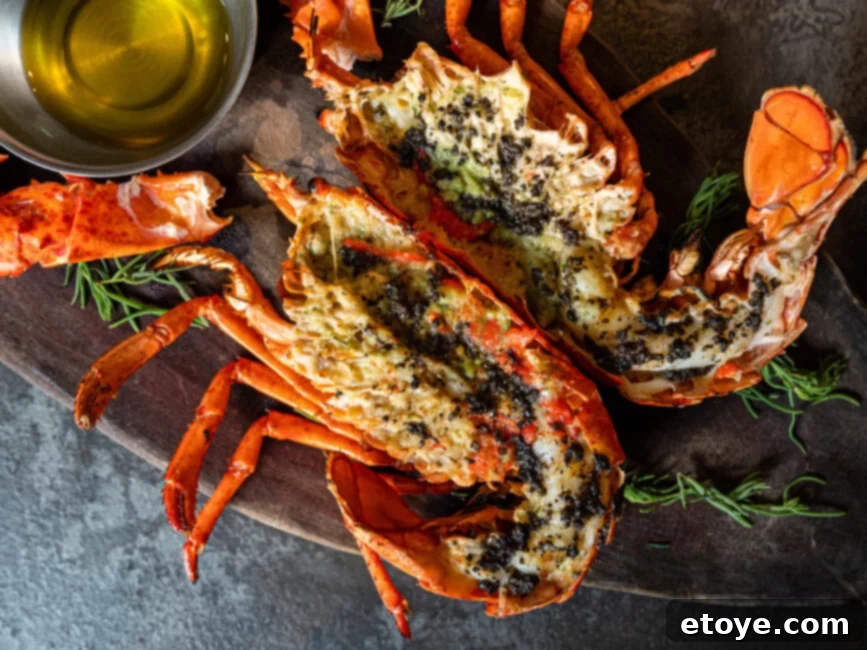
Lobster, often considered a luxurious delicacy and a symbol of wealth in many Western cultures, finds itself on the forbidden list for Chinese New Year. The reason lies in its distinctive method of locomotion: lobsters typically move backward. In numerous Asian cultures, this backward movement is a powerful metaphor for setbacks, regression, or “backpedaling” in life and career. Eating lobster during the Spring Festival is believed to signify a year of stagnation, missed opportunities, or a reversal of progress. For a holiday focused on ushering in a future filled with advancement and growth, such a symbol is highly undesirable. Instead, focus on seafood that moves forward, like whole fish such as salmon, tuna, or carp. These fish symbolize progress, abundance, and the smooth flow of life, ensuring your festive season — and the year ahead — moves gracefully in the right direction.
Chicken

While chicken is a beloved staple in many cuisines and often features prominently in holiday dishes around the world, it presents a complex situation for Chinese New Year. According to widely held superstitions, chickens scratch backward, a movement that is metaphorically interpreted as dwelling on the past, struggling to move forward, or worse, scratching around in the dirt for meager sustenance. This symbolism clashes with the New Year’s aspiration for progress, innovation, and abundant fortune. Furthermore, many winged fowl are considered taboo during this period, with the belief that they might cause your hard-earned luck to “fly away” from you. Some families, however, observe the tradition of eating a whole chicken, complete with head and feet, as it symbolizes completeness and unity. This illustrates how superstitions can vary wildly even within the same culture. If you aim to stride confidently into the new year, embracing new opportunities and leaving past struggles behind, it might be safer to let chicken, and perhaps even turkey or duck, sit out the New Year’s feast. Opt for dishes like Nian Gao (sticky rice cake) or pork, which symbolize growth, advancement, and prosperity.
Pears
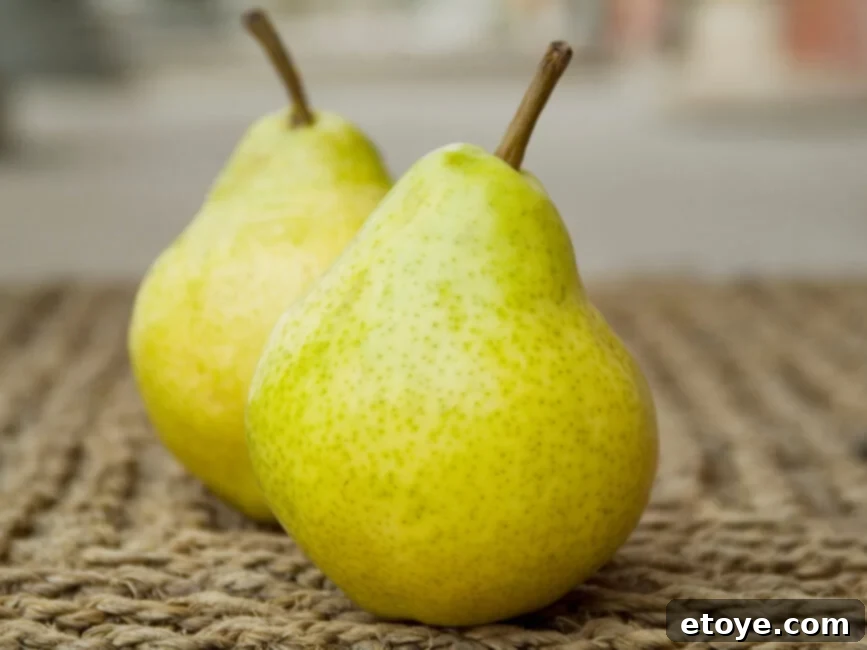
Pears, with their sweet and juicy flesh, are typically a delightful fruit. However, during Chinese New Year, they carry a significant cultural taboo rooted in linguistic homophones. In Mandarin Chinese, the word for ‘pear’ (梨, lí) sounds strikingly similar to the word for ‘separation’ or ‘departure’ (离, lí). Offering or consuming pears during the Spring Festival is therefore seen as an ominous gesture, potentially hinting at separation from loved ones or the departure of good fortune. This symbolism directly contradicts the New Year’s emphasis on family unity, togetherness, and harmony. To avoid any suggestion of farewells or fractured relationships, especially during a time dedicated to strengthening familial bonds, it’s wise to bypass pears. Instead, choose citrus fruits like mandarin oranges, which symbolize wealth and good luck due to their golden color and the auspicious sound of their name (júzi, which sounds like ‘luck’). These are a much safer and more celebrated bet for fostering harmony and closeness during the festive season.
Short or Broken Noodles

Noodles are a cornerstone of Chinese cuisine, but during the New Year, their length is paramount. Long noodles are a powerful symbol of longevity, representing a long, healthy, and uninterrupted life. This is why “longevity noodles” (chángshòu miàn) are particularly popular and cherished during celebratory occasions, especially Chinese New Year and birthdays. Conversely, consuming short or broken noodles is considered highly unlucky. Such dishes are believed to symbolize a life cut short, interrupted fortune, or a fragmented future. It’s a direct antithesis to the New Year’s aspirations for a full and enduring life. Therefore, when preparing or enjoying noodles during this period, ensure they are as long and unbroken as possible. The longer the strands, the greater the symbolic wish for an extended, prosperous, and healthy life ahead. Slurp them whole and enjoy the prospect of a long future!
Squid
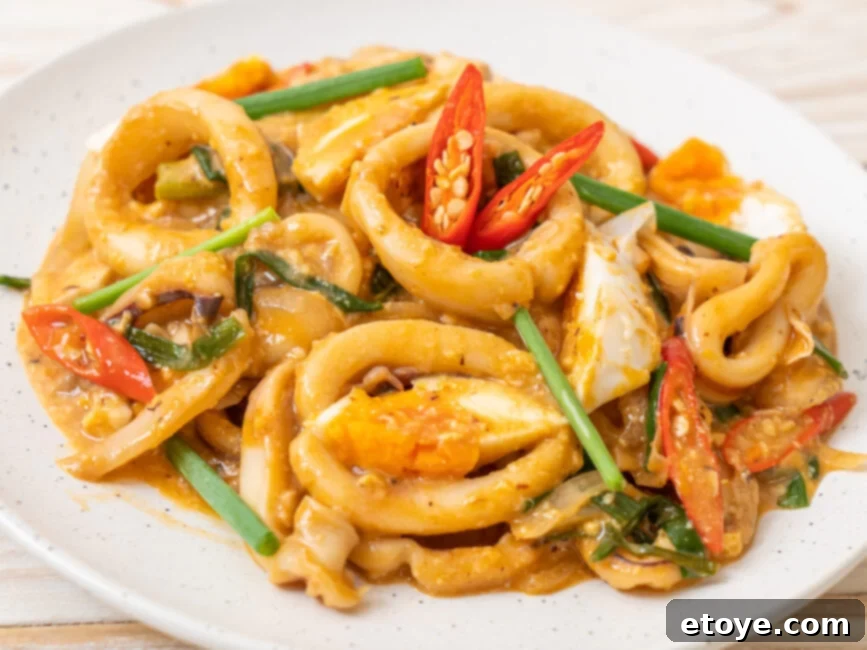
Squid, a popular seafood dish in many parts of the world, carries a distinct negative connotation for Chinese New Year, particularly in Cantonese-speaking regions. The Cantonese word for squid is “Yow Yu” (鱿鱼). This term has a historical and somewhat humorous, yet unfortunate, association with being dismissed from employment. In ancient times, workers who were fired would be told to “yow,” a euphemism meaning to “roll up your belongings and hit the road.” Therefore, serving or eating squid during the Chinese New Year is widely believed to invite the possibility of job loss or professional setbacks in the coming year. This symbolism clearly clashes with the desire for career advancement and financial stability during the New Year. Instead of tempting fate with “Yow Yu,” opt for highly auspicious foods like spring rolls, which are often called “gold bars” due to their shape and golden-fried appearance, symbolizing wealth and prosperity.
Shrimp and Other Bottom Feeders
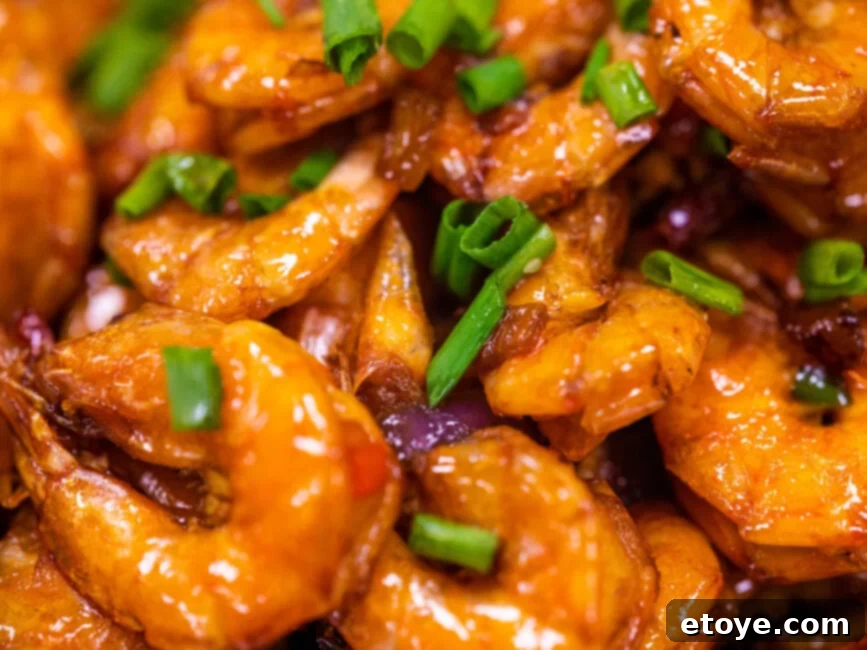
Seafood like shrimp, cod, and scallops are often considered delicacies, but many varieties are classified as bottom feeders, meaning they scavenge for food along the ocean floor. During the festive period of Chinese New Year, consuming such creatures is thought to symbolize “living off scraps” or a year of having to scrounge for basic necessities. This symbolism directly opposes the core New Year wish for abundance, prosperity, and a life of plenty. Nobody wants to start the year with the energy of scarcity or struggle. To ensure a year brimming with wealth and comfort, it’s best to skip bottom feeders. Instead, choose auspicious alternatives like Tang Yuan (sweet glutinous rice balls), which symbolize family unity and completeness, or the beloved Hong Kong Egg Tarts, which bring a sweet start to the year. Focus on foods that elevate your fortune, not those that metaphorically drag it down.
Hollow Bread
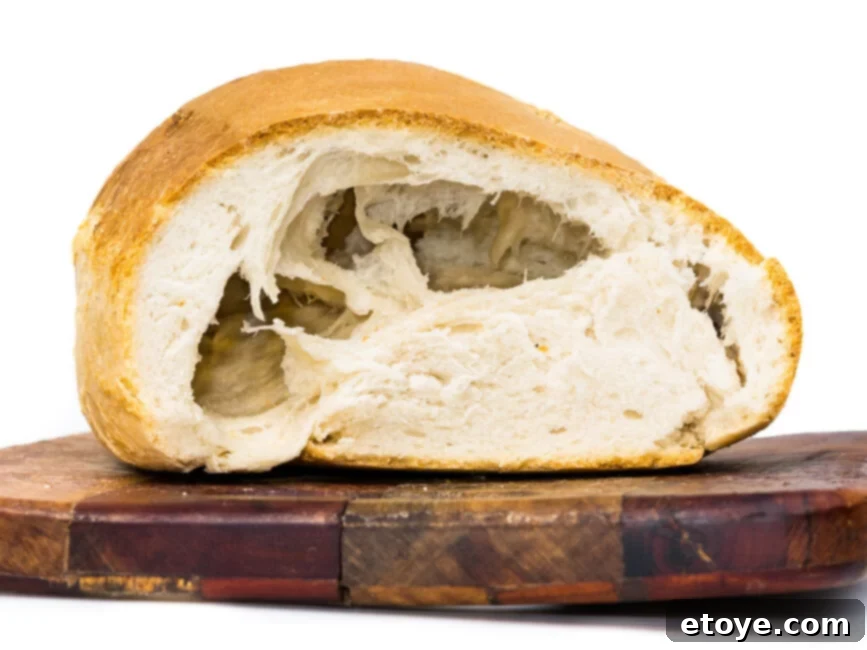
Hollow bread, despite its innocent appearance, carries a profoundly unsettling symbolism during Chinese New Year. The empty pockets or spaces within the bread are said to resemble coffins, making it an incredibly inauspicious food choice for a time dedicated to new beginnings and life. This association is, understandably, not at all festive and can invoke thoughts of death and bad omens. While some individuals might make exceptions for certain round breads that symbolize completeness, many families opt to entirely avoid all forms of bread during the New Year celebrations to eliminate any risk of inviting such negative connotations. To maintain a positive and prosperous atmosphere, it is far safer and more traditional to stick to filled buns, dumplings, and other pastries that symbolize fullness, wealth, and a year brimming with good things. Keep the good vibes flowing with abundance, not emptiness.
Beef
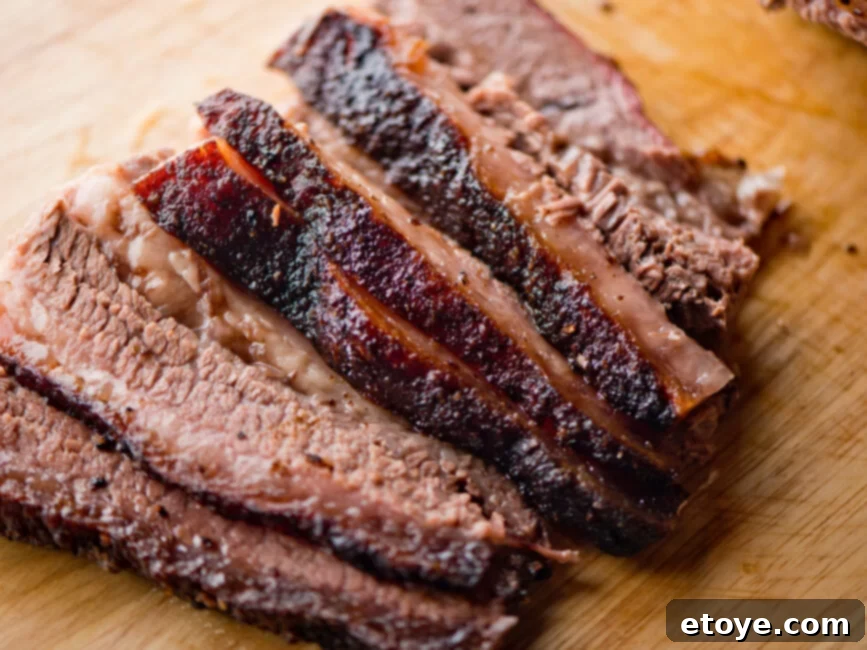
Beef also finds itself on the list of unlucky foods for Chinese New Year, and the reasoning is deeply symbolic. Cows, from which beef is derived, are known for their grazing habits – they typically stand still while eating. According to popular belief, if you consume beef during the Lunar New Year period, you might inadvertently be setting yourself up for a year of stagnation, lack of progress, or going nowhere in your endeavors. This symbolism of being “stuck” is a direct contradiction to the New Year’s aspirations for dynamic growth, advancement, and moving forward in all aspects of life. Stagnation is precisely what people wish to avoid. Instead, pork is often considered a much safer and more auspicious choice, associated with progress and moving ahead. Furthermore, dishes incorporating pork with beans and greens are not only delicious but also carry additional symbolic meanings of wealth (beans resembling coins) and longevity (greens).
Bananas

You might assume bananas are a harmless, healthy fruit, but unfortunately, they are not considered a good luck food for Chinese New Year; quite the opposite. Bananas carry several negative associations. Firstly, the act of cutting them is believed to bring bad luck or symbolically “cut off” one’s good fortune. Secondly, and perhaps more significantly, the natural bunch shape of bananas resembles an upturned hand, often interpreted as a gesture of begging. This symbolism clashes severely with the New Year’s focus on self-sufficiency, prosperity, and receiving blessings. To invite wealth and financial independence into your life for the coming year, it’s wise to swap out bananas for other, more auspicious fruits. Mandarin oranges, with their golden color and name that sounds like “gold” or “luck,” are a perfect example. Other lucky fruits like pomelos (symbolizing continuous prosperity) or grapes (representing abundance) are also excellent choices to ensure your year starts on a truly prosperous note.
An Empty Plate
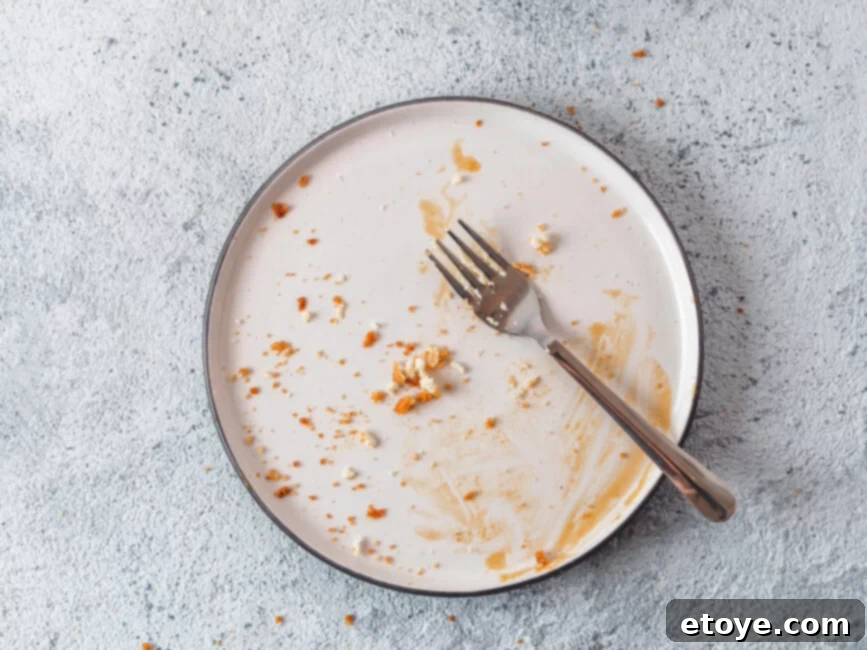
Last Tip for the Dinner Table: While it might be tempting to clean your plate entirely, especially when the food is delicious, during Chinese New Year, leaving a little bit of food on your plate is actually considered a positive act. This custom is deeply rooted in the symbolism of abundance and plenty. A plate with a small amount of food remaining signifies that you have more than enough, that your resources are overflowing, and that you are not experiencing scarcity. It metaphorically suggests that your household will continue to be bountiful and prosperous throughout the coming year. Polishing off every last bite, conversely, could imply that you have consumed everything and are left with nothing, potentially inviting a year of lack. So, resist the urge to clear your plate completely. By leaving just a small portion, you are symbolically ensuring that the new year will bring you continued wealth, good fortune, and an overflowing pantry. Your future self, enjoying sustained abundance, will surely thank you for this mindful gesture.
General Things To Avoid During Chinese New Year
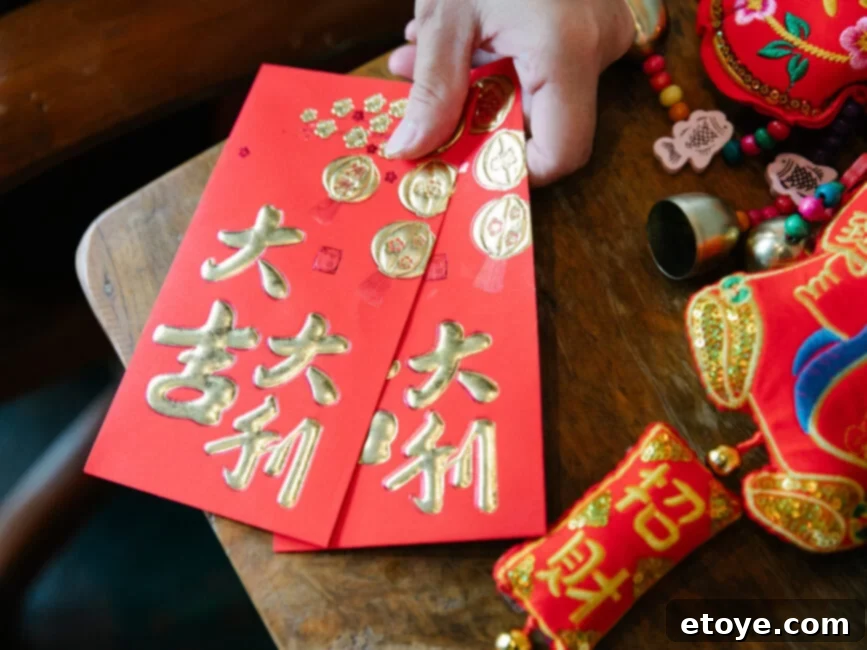
Beyond specific foods, Chinese New Year traditions extend to various daily activities, with several taboos designed to protect and enhance one’s luck for the entire year. These practices are believed to influence the flow of qi (energy) and fortune. Here are a few more general things to avoid to ensure your whole year goes off without a hitch and attracts maximum prosperity:
- Hair Washing and Haircuts: This is a widely observed taboo, particularly on New Year’s Day. In Mandarin, the character for “hair” (发, fà) sounds very similar to the character for “wealth” or “to become rich” (发, fā). Therefore, washing your hair on this auspicious day is metaphorically seen as washing away your accumulated wealth and good fortune for the year. Similarly, getting a haircut is also considered unlucky, especially for men, as it is traditionally believed to bring bad luck to one’s maternal uncles. Many barber shops close for an extended period, sometimes even a whole month, around the Spring Festival to respect this superstition. So, plan your hair care routine before the New Year begins!
- Wearing Black or White: Colors hold immense symbolic power in Chinese culture, especially during celebratory times. Black and white are traditionally associated with funerals, mourning, and sorrow. Donning these colors during the vibrant and joyous New Year festivities is considered highly inauspicious, as it is believed to invite misfortune, bad luck, or even death into your life and family. To attract positive energy and good fortune, it’s essential to wear bright, cheerful, and auspicious colors. Red is the most prominent lucky color, symbolizing happiness, vitality, and protection. Gold, yellow, and vibrant greens are also excellent choices, symbolizing prosperity, growth, and harmony.
- Sweeping and Taking Out Garbage: On New Year’s Day, and sometimes for the first few days of the festival, household chores like sweeping and taking out the garbage are strictly forbidden. The belief is that by sweeping, you are literally sweeping away all the good luck, wealth, and prosperity that has accumulated in your home over the past year. Similarly, taking out the trash is seen as dumping out your good fortune. Many families undertake a thorough spring cleaning before the New Year to ensure the house is pristine, then put away their brooms and bins, allowing the good luck to settle and remain within their homes. Wait until at least the second or third day before resuming these tasks.
- Crying Children: In Chinese culture, New Year’s Day is meant to be a time of unbridled joy, happiness, and harmony. The sound of a crying child is believed to bring bad luck and discord to the family for the entire year. Parents go to great lengths to keep their children happy, content, and tear-free on this day. Scolding, punishing, or arguing with children is strongly avoided, as it could disrupt the festive atmosphere and invite negative energies. The focus is on fostering an environment of peace, laughter, and positive vibes all around, ensuring a smooth and happy year for everyone.
- Passing Knives at the Dinner Table: When sharing a meal during Chinese New Year, be mindful of how you handle utensils, especially knives. Passing a knife directly to someone, or even gifting one, is considered highly symbolic of “cutting ties” or severing relationships, both literally and figuratively. Given that the New Year is about strengthening bonds and fostering harmony, such an action is seen as deeply inauspicious. If you need to offer a knife, place it down on the table for the other person to pick up, or better yet, avoid sharp objects altogether. This small gesture helps ensure your relationships remain intact and flourish in the coming year.
- Grocery Shopping: Ensuring your fridge and pantry are fully stocked before New Year’s Day is a crucial practice. Starting the year with an empty kitchen or needing to grocery shop on New Year’s Day itself is seen as an ominous sign, symbolizing scarcity, lack, and potentially a year of financial struggle. An abundant and well-provisioned kitchen, on the other hand, represents a household overflowing with resources and good fortune, setting the tone for a year of plenty. So, stock up beforehand and avoid shopping trips during the first few days of the festival to symbolically ensure continuous prosperity.
I sincerely hope this comprehensive rundown of unlucky foods and general taboos has been insightful and helpful as you prepare for the Chinese New Year. Remember, while many of these traditions are deeply rooted in centuries of Chinese superstition and cultural wisdom, the specific practices can vary among families and regions. This diversity is what makes the rich tapestry of the Lunar New Year celebration so fascinating and beautiful.
As you gather around the festive table with your loved ones, adorned in your lucky colors (definitely no black or white!), don’t forget to savor every moment. Cherish the company, embrace the spirit of renewal, and enjoy the magnificent feast – naturally, without any of the taboo foods mentioned here. May your year be filled with abundant good health, boundless happiness, continuous prosperity, and a pantry that always symbolizes good fortune. Wishing you all a truly Happy Chinese New Year!
Check Out More Chinese New Year Info Here:
- Chinese New Year Recipes + Superstitions
Chinese New Year Recipes – Party Like It’s 4707!
Chinese New Year Recipes: What to eat if you want more money!
What to Eat for Chinese New Year
